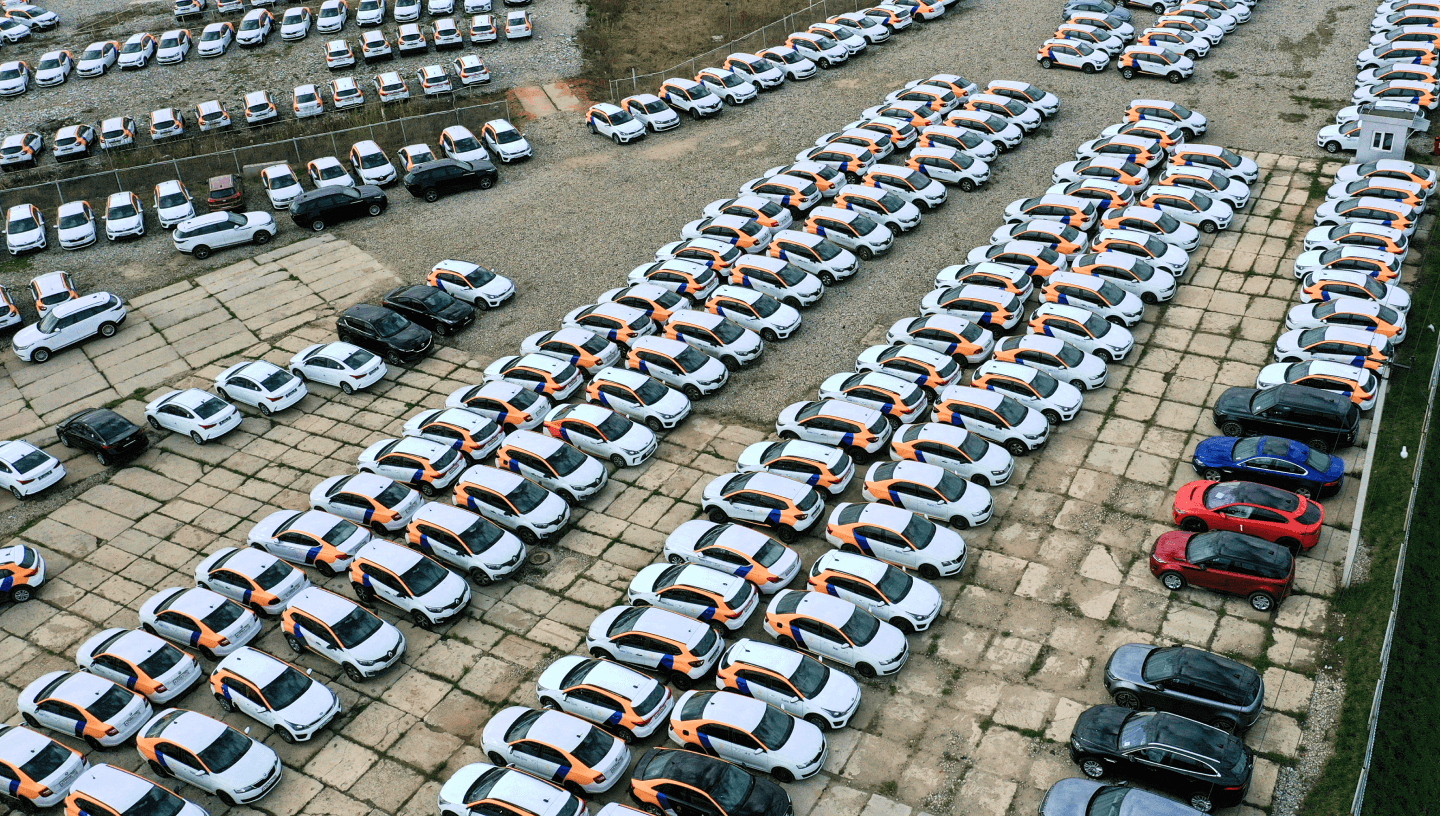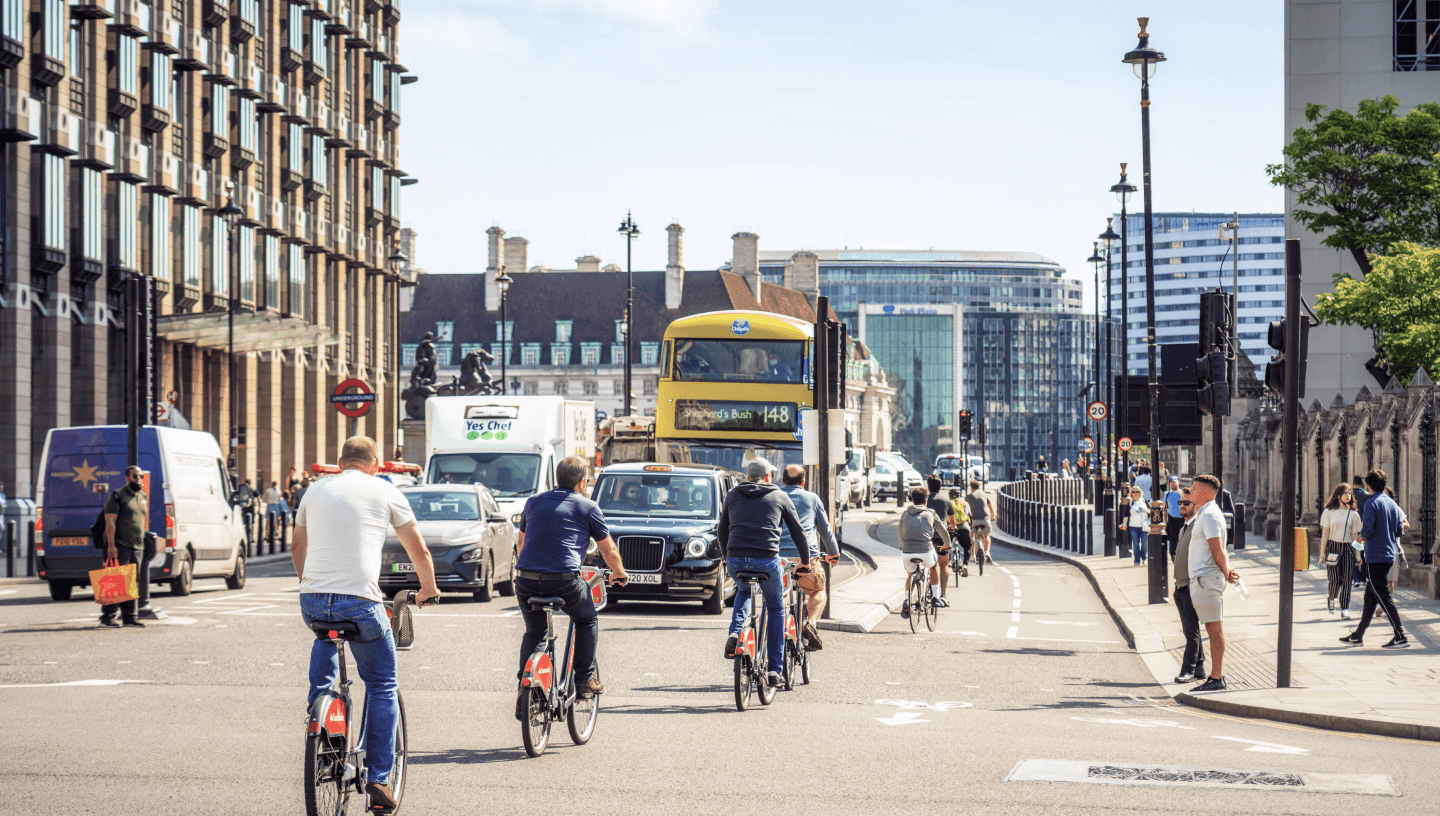Pendular migration is an umbrella term for regular commuting from one area to another, e.g. from home to work and back. The most unpleasant consequences of such movements are many kilometres of traffic jams and polluted air. Besides that, time is a non-renewable resource, and you want to spend it, if not with pleasure, then at least with profit. Here’s how megacities are solving the problems of commuting.
Towards decentralisation
As a measure to combat commuting, since 2011 the Moscow government has banned the construction of new buildings in central districts of the city. In addition, the authorities have provided financial incentives to investors who invest in infrastructure development outside the centre. Developers of peripheral districts were exempted from paying an additional fee for using the territory for commercial real estate construction (from 5% to 80% of the cadastral value of the plot depending on building density).
In eight years, about 15 million square metres of commercial real estate: shopping and entertainment centres, production facilities, office buildings were built in the abandoned industrial zones, New Moscow and other outlying areas of the capital. This helped to avoid traffic collapse, and also provided residents of the outskirts with new jobs and the opportunity to organise leisure activities close to home.
Karina Anayevskaya, Director of Moscow Office Real Estate Department at Nikoliers, noted that the trend for decentralisation is still there. As of May 2022, 42% of office premises for sale are outside the Third Transport Ring Road. At the same time, it is more profitable to have an office on the periphery: the difference in rental costs varies from 35% to 85%.
 Taxi and carshare car parks in Moscow
Taxi and carshare car parks in Moscow
Photo by: Valery Sharifulin / TASS
Carsharing and bicycles
In 2005, Gilles Vesco, a member of Lyon, France’s transport commission, created Velo’v, a short-term bike rental service. You can borrow a bicycle from a self-service station and then leave it in a special car park. Attempts to incorporate similar systems into the urban environment have been made before, but Velo’v is the first truly successful project. According to The Guardian, it has helped to reduce the number of cars entering the city centre by 20%. Subsequently, bikeshare systems appeared in more than 1.4 thousand cities around the world. For example, according to the research centre of the Salary.ru service, 10% of Russians get to work by bicycle.
Carsharing — short-term car rental — is also popular. According to Maxim Lisunov, head of the Moscow Department of Transport, this service is regularly used by more than 1 million residents of the capital. It is interesting that almost every second customer of carsharing has a personal car, but they use rented cars: there is no need to spend money on their maintenance, scheduled dry cleaning of the interior and so on. And best of all, such cars can be parked for free in any car park, even if it is a stone’s throw from the Kremlin.
Another interesting fact is that more than half of the carshare drivers build multimodal routes, e.g. they take the metro or bus most of the way and then change to a car. This alleviates traffic congestion and improves the environment.
Interceptive parking facilities
These are car parks located near transport routes, for example, next to a metro station or a bus stop. They are in many megacities in Asia, Central and North America, Europe, including Moscow. Their use not only relieves roads and protects the environment, but also saves time.
So, if you need your car for work, you can leave it in the nearest intercepting car park, and travel most of the way by metro or other public transport. According to the Dutch company TomTom, which produces GPS navigators, Moscow motorists stand in traffic jams for 22 to 30 minutes every day. On average, traffic jams “steal” around 200 hours from drivers a year. Parking spaces help to reduce this time considerably.
A congestion tax in London and Singapore
“A traffic jam charge” is a fee on drivers entering central London by private car. It was introduced to reduce traffic congestion and vehicle emissions. The fee is imposed from 07:00 to 18:00 on weekdays, and from 12:00 to 18:00 on weekends. On average drivers pay 15 pounds sterling per day (about 981 rubles). This measure has increased the popularity of public transport — subways, buses and trams.
The need to pay tolls on motorways can also be found in other megacities. In Singapore, for example, some roads became toll roads back in the 1970s. At that time, one had to buy a paper toll card and show it to traffic police. Nowadays, the system has become more intelligent: special sensors remotely detect the driver’s location and deduct the required amount from his account. The fare depends on how busy the street is and the mode of transport: motorbike and scooter owners, for example, pay half as much as car drivers.
 Photo by: georgeclerk / iStock
Photo by: georgeclerk / iStock
Transport charge for air pollution
On 8 April 2019, the world’s first Ultra-Low Emission Zone (ULEZ) emerged in London. Its boundaries are delineated by the North and South Circular Roads, which encircle the central part of the metropolis and overlap with the ‘congestion tax’ area. The ULEZ is yet another incentive to switch from private cars to public transport, or at least to replace an outdated car model with a more modern and environmentally friendly one.
Drivers of vehicles complying with the European environmental standard (Euro), which fixes the maximum amount of harmful substances that can be emitted when the engine is running, are exempt from the ULEZ levy. For example, petrol vehicles must be Euro-4 compliant and diesel vehicles must be Euro-6 compliant. For owners of vehicles that do not meet these requirements, the fee ranges from 12.5 to 100 pounds (around 790 to 6.3 thousand rubles). The fee is charged at any time of day, seven days a week. The exception is on 25 December, when the Roman Catholic and most Protestant churches celebrate Christmas.
In the six months since the introduction of the Ultra-Low Emission Zone fee, the number of vehicles complying with European eco-standards has increased by 39% compared to March 2019. At the same time, 31% fewer exhaust fumes were emitted into the air. And nitrogen dioxide concentrations on roads decreased by 36% between February 2017 and September 2019 (calculated in central London during peak hours).
Japan’s high-speed trains
In Japan, public transport is used by both very wealthy people and low-income residents of the country. There is no cult of the private car in Japan: it is more important to get to the right place on time without getting stuck in a traffic jam. Moreover, remote work is not welcomed by local corporations, and many people have to commute to work not only from the suburbs, but also from other cities. As a result, one of Tokyo’s central railway stations, Shinjuku, carries more than 3.5 million passengers a day.
To reduce the length of intercity travel, Japan has launched Shinkansen super-fast trains with speeds of up to 320 km/h. They feature office carriages where you can talk on the phone, bang on a laptop keyboard and hold online meetings. They can be used by all passengers wishing to enjoy their time on the road.
The first Shinkansen high-speed train line was opened between Tokyo and Osaka in 1964. Its length is 515 km, the train covers this distance in 2.5 hours. This line still remains one of the busiest: every day during peak load, when people go to work, studies or home, 13 trains arrive at its stations per hour, each of which carries about 20 thousand passengers. Other countries have also adopted Japan’s experience. Thus, France has started high-speed trains in 1981, and in 10 years similar transport appeared in Germany.
Author: Vera Zhikhareva
Cover photo: Getty Images








Comments